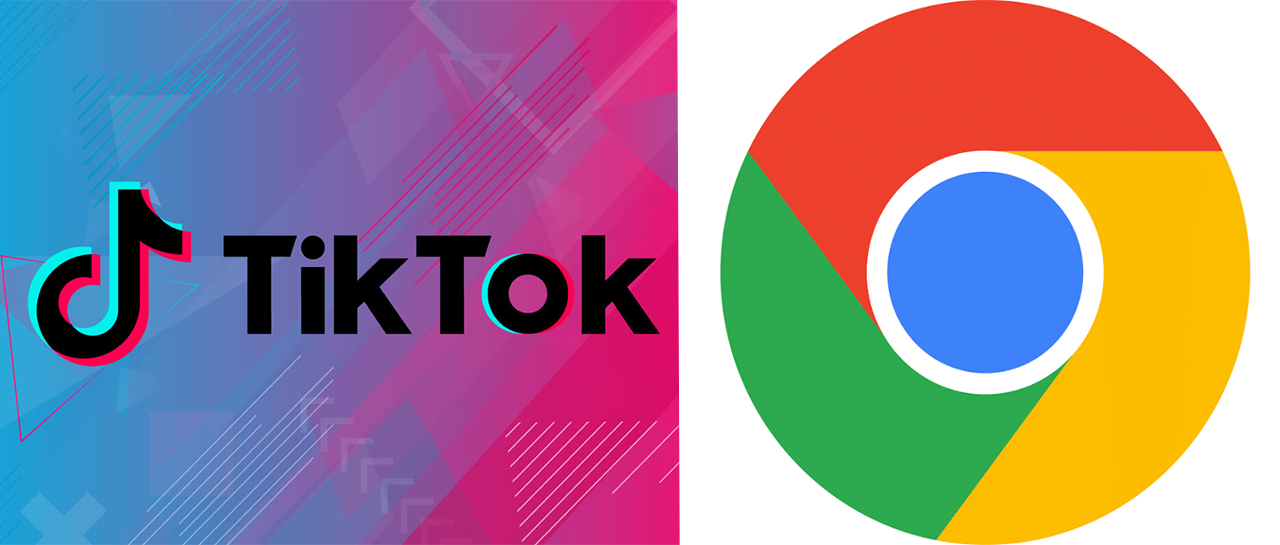For more than a year Dish has been talking about building its new infrastructure-based wireless network using modern cloud-native technologies. There’s been a lot of speculation that Dish would emulate Rakuten Mobile’s new greenfield network in Japan and perhaps buy technologies from Rakuten. But today, Dish announced that it has chosen Nokia’s 5G standalone (SA) core software for its new U.S. 5G network.
Nokia’s 5G SA core is cloud-native and based on containers. In addition, the selection of Nokia allows Dish to go with an established vendor that can provide end-to-end support.
Dish says the deal follows months of joint testing in which the Finnish vendor proved its technological capabilities in multiple cloud environments.
Perhaps it’s not surprising that Dish selected Nokia for its 5G SA core given that Dish’s Chief Network Officer Marc Rouanne is a former Nokia executive. Rouanne was at Nokia for about five years, until November 2018. As Nokia’s president of mobile networks he helped lead the charge on next-generation networking technology and advocated for open wireless systems. Under his leadership, Nokia joined groups such as the Telecom Infra Project (TIP), the O-RAN Alliance and the Open Compute Project (OCP).
Rouanne said in a statement today, “Nokia’s new release is cloud-native, standalone and ready for full automation.”
The Nokia software includes subscriber data management, device management, packet core, voice and data core, as well as integration services. Nokia will also deliver additional cloud-native products that will provide 4G, 5G standalone and voice over Wi-Fi access to core network functions.
It’s important that Dish’s 5G core run on containers so that it works in conjunction with VMware’s containerized cloud platform, which Dish selected earlier this summer.
RELATED: Dish picks VMware cloud platform for 5G network build
Analyst Peter Rysavy, president of Rysavy Research, said that 5G SA does not depend on using containers. And he said the 3GPP standards for 5G are not based on a containerized approach at this time.
Nevertheless, containers are the most modern evolution of virtualization technology in data centers, and they’re replacing virtual machines in many cases.
Dish will run its 5G network functions from different software vendors on top of the VMware telco cloud. Using VMware’s platform, Dish can connect distributed telco clouds as well as other public and private cloud environments.
A Dish spokesperson said in an email to FierceWireless, “Our reference design is based on VMware,
and we’ve tested all the vendors we’ve selected with VMware for full automation. We are also testing other platforms, including bare metal, public cloud services.”
It’s a small world
Nokia actually operates Rakuten Mobile’s virtualized LTE core network.
RELATED: Nokia operates Rakuten Mobile’s virtualized core
However, Rakuten Mobile did not chose Nokia for its 5G core. Instead, it’s working with Japan-based NEC to develop its standalone 5G core network based on containers. And not only will Rakuten Mobile use this core in its own network, but Rakuten and NEC plan to offer it as a product to other operators – in competition with global telecom vendors such as Nokia and Ericsson.
RELATED: Rakuten and NEC take on global telecom vendors with 5G core
Dish’s Chairman Charlie Ergen has mentioned that he’s had discussions with Rakuten. But at the end of the day, Dish selected Nokia for its 5G core rather than something from Rakuten or from NEC.
“It’s not as if Rakuten is a large established vendor in this space,” said Rysavy. “I would expect any new network operator using this architecture to consider all vendors and make their own decisions. There’s no gold standard.”
Dish has already named its radio access network (RAN) vendors. Those include Altiostar, Fujitsu, and Mavenir. Fujitsu is providing the hardware, and Altiostar and Mavenir are providing open RAN software.












